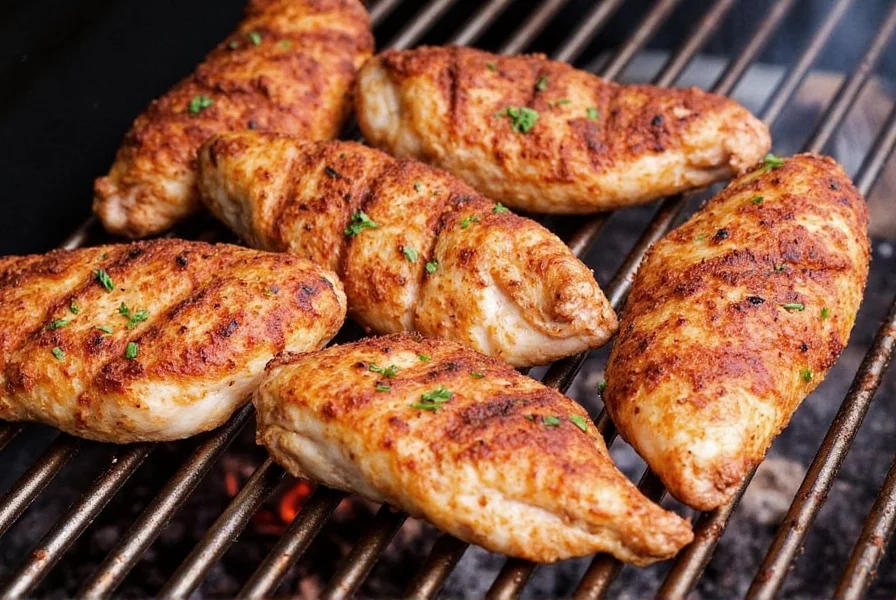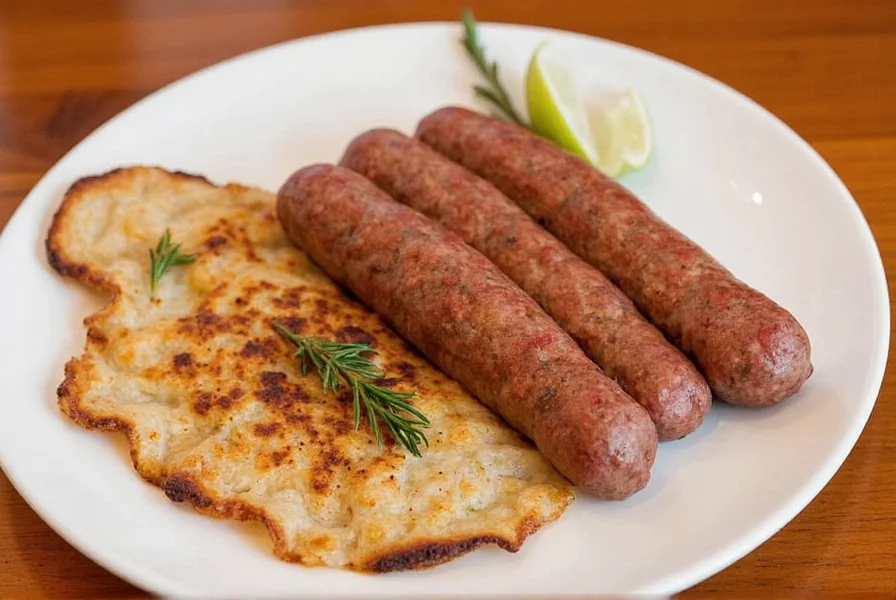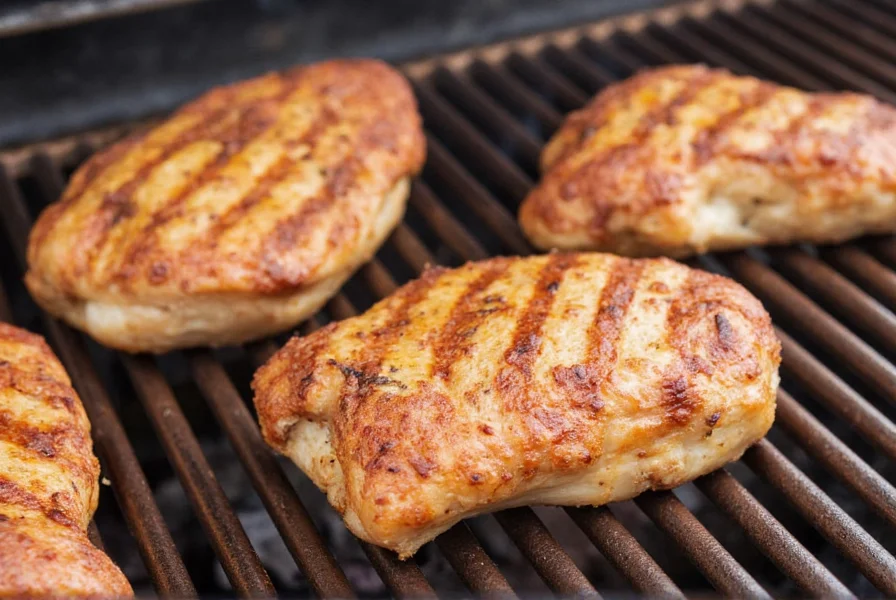How to Cook Ribs Low and Slow in the Oven: Step-by-Step for Perfect Results
Cooking ribs low and slow in the oven is a straightforward method to achieve tender, juicy ribs with deep flavor. Unlike smoking, oven cooking is accessible to everyone with basic kitchen tools. This complete guide covers every step from preparation to finishing, ensuring you get restaurant-quality ribs at home.

The Evolution of Low and Slow Rib Cooking
While pit barbecue remains the traditional foundation, oven adaptations of low and slow cooking emerged as a practical solution for home kitchens. Historical data shows this transition accelerated in the 1990s when home oven technology improved significantly, allowing stable temperatures below 275°F—previously unattainable in most residential ovens. According to Texas A&M’s meat science research, the critical breakthrough came with understanding collagen breakdown kinetics: maintaining 225-250°F for 3-4 hours replicates pit results by allowing hydrolysis at 160°F+ while preventing fat rendering below 130°F. Modern adaptations like the foil wrap “Texas crutch” (documented in competitive barbecue circles since 2003) further bridged the gap between professional smokers and home ovens.
Sources: Texas A&M Barbecue History Timeline, American Barbecue Bible: Low and Slow Science
Step 1: Prepare the Ribs
Proper preparation is key to tender ribs. Start by removing the membrane from the bone side of the ribs. This thin, silvery layer prevents seasoning from penetrating and can make ribs tough. Use a butter knife to lift a corner, then grip with paper towel and peel off completely. Trim any excess fat, but leave some for flavor and moisture.

Step 2: Create the Spice Rub
A balanced spice rub forms the foundation of flavor. Combine:
- 4 parts brown sugar (for sweetness and crust)
- 2 parts smoked paprika (for smoky depth)
- 1 part garlic powder and onion powder (for umami)
- 1 part black pepper (for kick)
- Optional: cayenne for heat, mustard powder for tang
Mix thoroughly in a bowl. This rub can be adjusted to taste, but this ratio works for most ribs.
Step 3: Apply the Rub and Marinate
Generously coat the ribs with the spice rub on all sides. For best results, refrigerate uncovered for at least 1 hour, or up to 24 hours. This allows the spices to penetrate and the meat to dry slightly, forming better bark during cooking.

Step 4: Set Up the Oven
Preheat oven to 250°F (121°C). Place a wire rack on a baking sheet to allow air circulation. This prevents ribs from steaming in their juices and promotes even cooking.
Step 5: Cook the Ribs
Place ribs on the wire rack, bone side down. Bake for 2 hours uncovered. Then, wrap ribs tightly in aluminum foil with 1/4 cup of liquid (apple juice, broth, or beer) to keep them moist. Return to oven for another 1.5-2 hours. Unwrap and bake for 30-60 minutes more to develop bark and crispiness.
| Layer | Application | Flavor Benefit |
|---|---|---|
| Dry Rub (Initial) | Evenly coat raw ribs before cooking | Forms bark and seals moisture |
| Sauce (Mid-Cook) | Apply after 2 hours of baking | Adds gloss and complexity |
| Top Sprinkle (Final) | Last 15 minutes under broiler | Enhances aroma and texture |
Step 6: Check for Doneness
Ribs are done when they reach an internal temperature of 195-203°F (90-95°C) and pass the bend test: when lifted with tongs, they should bend easily with cracks forming in the bark. Meat should pull back from bones by about 1/4 inch.
Step 7: Glaze and Finish
For a glossy finish, brush with a glaze (e.g., BBQ sauce mixed with honey and mustard) during the last 10 minutes of cooking. Broil for 2-3 minutes to caramelize the glaze. Let ribs rest for 10 minutes before serving.
When Oven Low and Slow Works Best (and Key Limitations)
This method excels with baby back ribs (3-4 hours total) and spare ribs (4-5 hours) in standard ovens, but has critical boundaries: St. Louis-style ribs often require fat cap trimming to prevent greasiness, and convection ovens need 25°F lower temperatures to avoid over-reduction. Crucially, USDA food safety guidelines confirm pork is safe at 145°F, but collagen breakdown for ribs requires 195°F+ — a non-negotiable threshold validated by the Culinary Institute of America’s meat science program. Note that ovens under $500 frequently have >15°F temperature swings (per Consumer Reports testing), making thermometer calibration essential.
Sources: Culinary Institute of America: Rib Tenderization Thresholds, Consumer Reports: Oven Temperature Accuracy Study
Frequently Asked Questions
What temperature is best for oven ribs low and slow?
The ideal temperature range is 225-275°F (107-135°C). We recommend 250°F (121°C) for most ovens as it provides the perfect balance between cooking time and moisture retention. Higher than 275°F cooks too quickly for true "low and slow" results, while lower than 225°F may not develop proper bark formation.
Should I wrap ribs in foil when cooking low and slow in the oven?
Yes, wrapping ribs in foil (the "Texas crutch" method) after 2 hours of cooking is highly recommended for oven ribs. This traps moisture and steam, helping to tenderize the meat while preventing drying out. Add a splash of apple juice or broth inside the foil with an extra sprinkle of rub for maximum flavor infusion during this phase.
How do I know when oven ribs are done cooking low and slow?
Ribs are done when they reach an internal temperature of 195-203°F (90-95°C) and exhibit the "bend test" - when you lift them with tongs, they should bend easily and cracks may appear in the bark. The meat should pull back slightly from the ends of the bones (about 1/4 inch), and when pressed, the meat should separate easily but not fall completely off the bone.
Conclusion
Mastering oven ribs low and slow is about understanding the process, not just the spices. By following these steps—proper preparation, balanced rub, controlled oven settings, and precise timing—you'll achieve consistently tender, flavorful ribs. Remember: the key to great ribs is patience and attention to detail at every stage.











 浙公网安备
33010002000092号
浙公网安备
33010002000092号 浙B2-20120091-4
浙B2-20120091-4